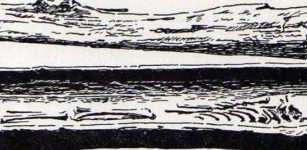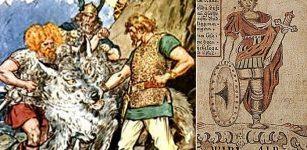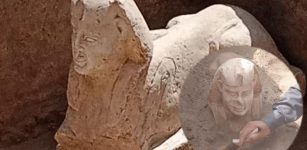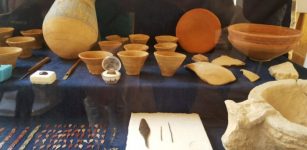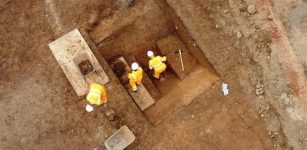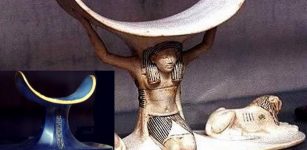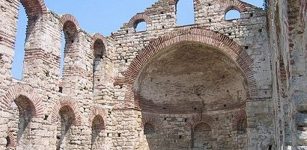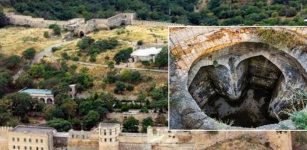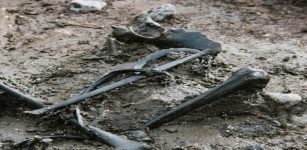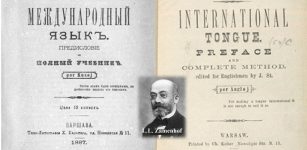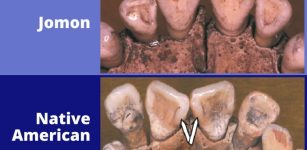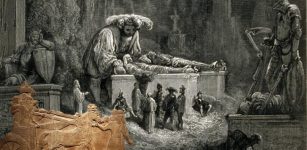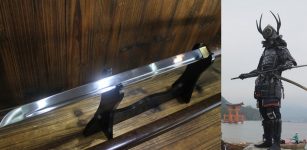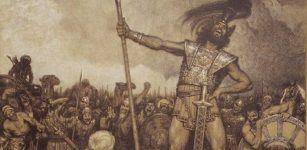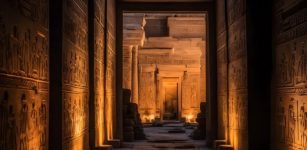2.37-Meter Sword And Unusual Shield Mirror Unearthed In Ancient Mound In Japan
Jan Bartek - AncientPages.com - Archaeologists have discovered a 2.37-meter sword and an unusual Bronze Age mirror in Japan. The find was made in the prehistoric Tomio Maruyama burial mound in the ancient capital of Nara.
An X-ray photo of an iron sword unearthed from an ancient burial mound in Nara is seen at the Archaeological Institute of Kashihara in Nara Prefecture. Image source: The Japan News
This is the largest sword ever unearthed in Japan. Both the sword and the Bronze Age mirror made in a shape of a shield appear to be the result of domestic work. Nevertheless, the sword has a 6-centimeter-wide serpentine blade and is significantly bigger than the previously longest 1.15-meter iron sword found in a burial mound in Hiroshima. This is evidence that advanced techniques were used to make this remarkable sword.
"The Nara prefectural Archaeological Institute of Kashihara and the Nara municipal board of education announced the discovery of these items Wednesday, describing them as “metalwork masterpieces from the Kofun period” that roughly spans the 3rd and the 7th centuries.
The mirror is 64 centimeters long, 31 centimeters at its widest and 5 millimeters at its thickest. Many such mirrors discovered have been round, with some square. The surface area also makes it the largest ancient bronze mirror found in Japan.
On the back of the mirror is a knob handle through which a cord could be attached. Above and below this knob are circular decorations with motifs of divinities and sacred animals. This pattern is similar to bronze mirrors with the design of divinities and dragons made in Japan during the Kofun period.
Decorative patterns are seen in an X-ray photo of the shield-shaped bronze mirror. Image source: The Japan News
Along with these elements, the front had been polished, leading to the conclusion that this was a mirror," the Japan News reports.
“The combined function of a mirror that acts as a talisman against evil and of a shield indicates a firm intention to protect the buried person from external threats,” said Shimane University Associate Prof. Takashi Iwamoto, an expert on Kofun bronzes.
See also: More Archaeology News
“These peculiar burial items were products from a period of major change,” said Kazuo Ichinose, professor emeritus of Kyoto Tachibana University. “I think the person buried there might have been the head of a local ruling family that had grown powerful and supported the Yamato rulers.”
Written by Jan Bartek - AncientPages.com Staff Writer



